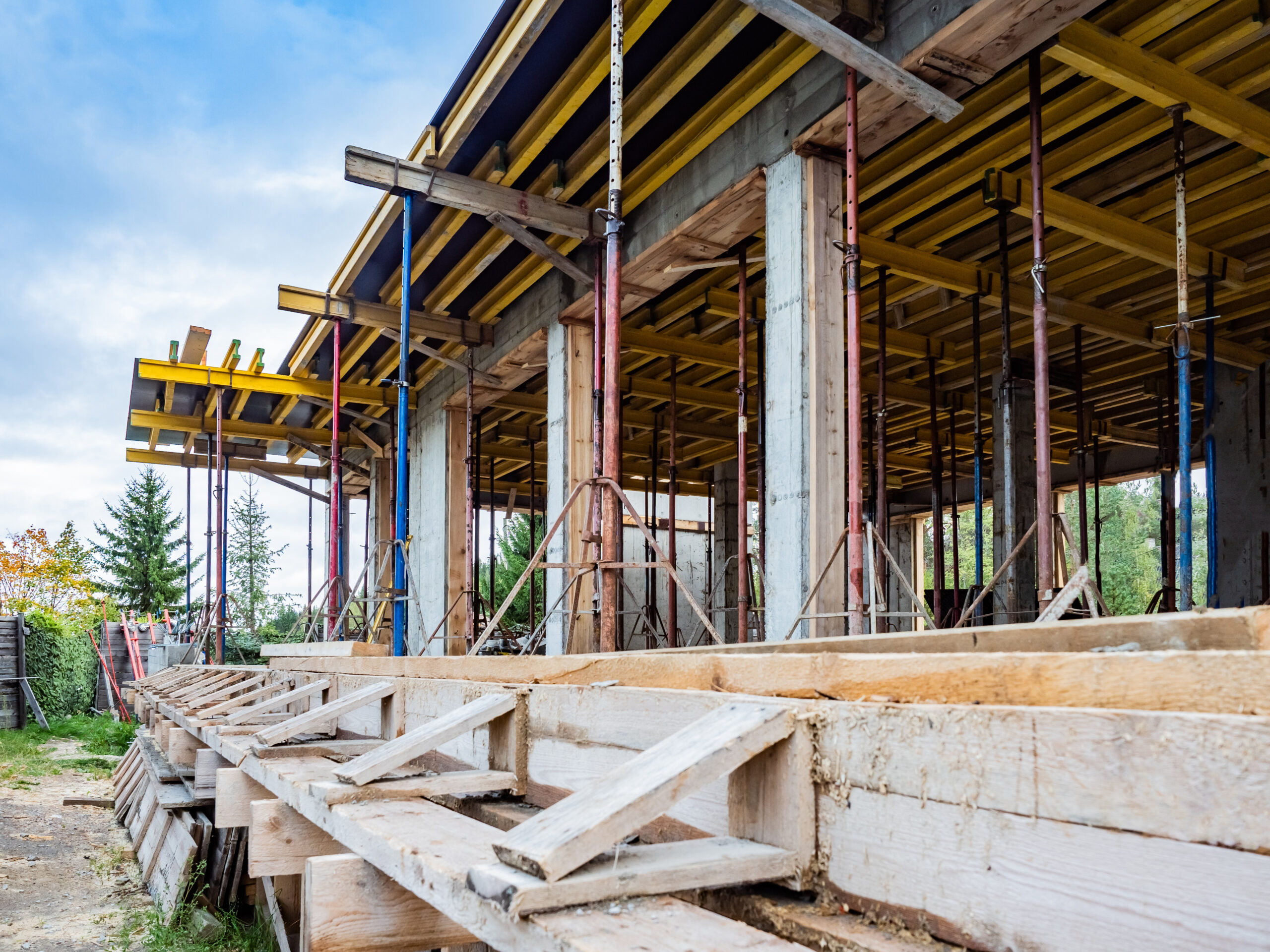Concrete serves as the foundation of so many essential structures nowadays and is easily one of the most critical processes of a build-site. Equally as critical as the concrete itself is the setting process. The setting can have a tremendous impact on the qualities of the concrete, including but not limited to strength, permeability, volume stability and much more. With setting the concrete being so important, you want to know everything that you can, right?
Here at Ray Arnold Masonry, we know everything there is to know about setting concrete and general contracting. So when we made this list, we leveraged our knowledge to guarantee you have the foundation of information that you’ll need going forward.
We will be going over as many points as possible in this article to build your foundation of information. You’ll come to understand what you need to know about setting concrete and even the difference between fast-setting or traditional concrete.
Rest assured that whether you’re a beginner, hobbyist or anything in between, you’ll be in excellent hands with us. We’ll see to it that you succeed, so let’s get to it.
Fast-setting vs. Traditional
The first question that typically arises in someone’s head when the comparison between these two comes up is, “is fast-setting as reliable as its traditional counterpart?” The short answer is yes, absolutely. Fast-setting concrete is just as good and strong. You can be sure that it won’t let you down.
The key difference is obviously the set time because it’s the same as traditional concrete in basically every other way. Generally speaking, fast-setting concrete will take around 25-40 minutes, whereas average concrete may take up to a few hours. That’s a massive difference, especially when we’re talking about a productive workday.
Fast-setting concrete is a huge advantage when you need to finish a small project like setting fence posts or whatever else. But it’s not advisable to use it when laying large slabs of concrete.
Sometimes, you need extra time to work on your projects’ more delicate details, and average concrete can easily give you that time.
Weather Conditions
It doesn’t matter whether you chose fast-setting concrete or average concrete for your project; you need to pay attention to the weather conditions. Concrete is meant to stay in a stable condition while it sets. That means it should stay at a humidity of 80 percent and a temperature of at least 50 (F) for around three to 14 days.
As much as we wish construction wasn’t dependent on the weather, for the most part, it is. So be on the lookout for changing weather conditions before you begin working with your concrete.
However, if you insist on pouring during cold weather, you can use things like concrete blankets. They can help thaw the ground before the pour to prevent your concrete from cooling too quickly. Then you can reuse the blankets to keep the concrete protected after the pouring has been done.
Understand how much you need
Once you have an understanding of the type that you’ll use, and when you’ll use it, you then need to figure out how much concrete you are going to need for your project. Calculate the area that you will be filling in cubic yards.
Multiply the length by the width by the depth and then divide it by 27 (the number of cubic feet in a cubic yard). Add 10 percent to allow for spillage and slab depth variations to help determine the concrete cost per yard.
Prep the site
You need to be sure that you have contacted your local building department for information on whether you need a building permit or not. You should ask about how close you’re allowed to build to the lot line.
Once you have all of that sorted, you should start preparing the site. You’ll want to line out exactly where you’ll have this. You can use stakes to mark the corners of your future slab and so on.
When you take the time to prep the site, you’ll be able to ensure the smooth pour and finish of your concrete project. You want to take your time during this point as well.
Conclusion
To sum up, all that we have learned in this article and through our own experience, setting concrete is an important step that should never be rushed through. You need to take your time on these steps so you can be left with the best project possible.
Like we stated previously, we know just about all there is to know about this and other contracting. So when it comes to the projects that are important to you or your work, look no further than Ray Arnold Masonry. Contact Ray Arnold Masonry today for all your masonry needs and find out what we can do for you!

